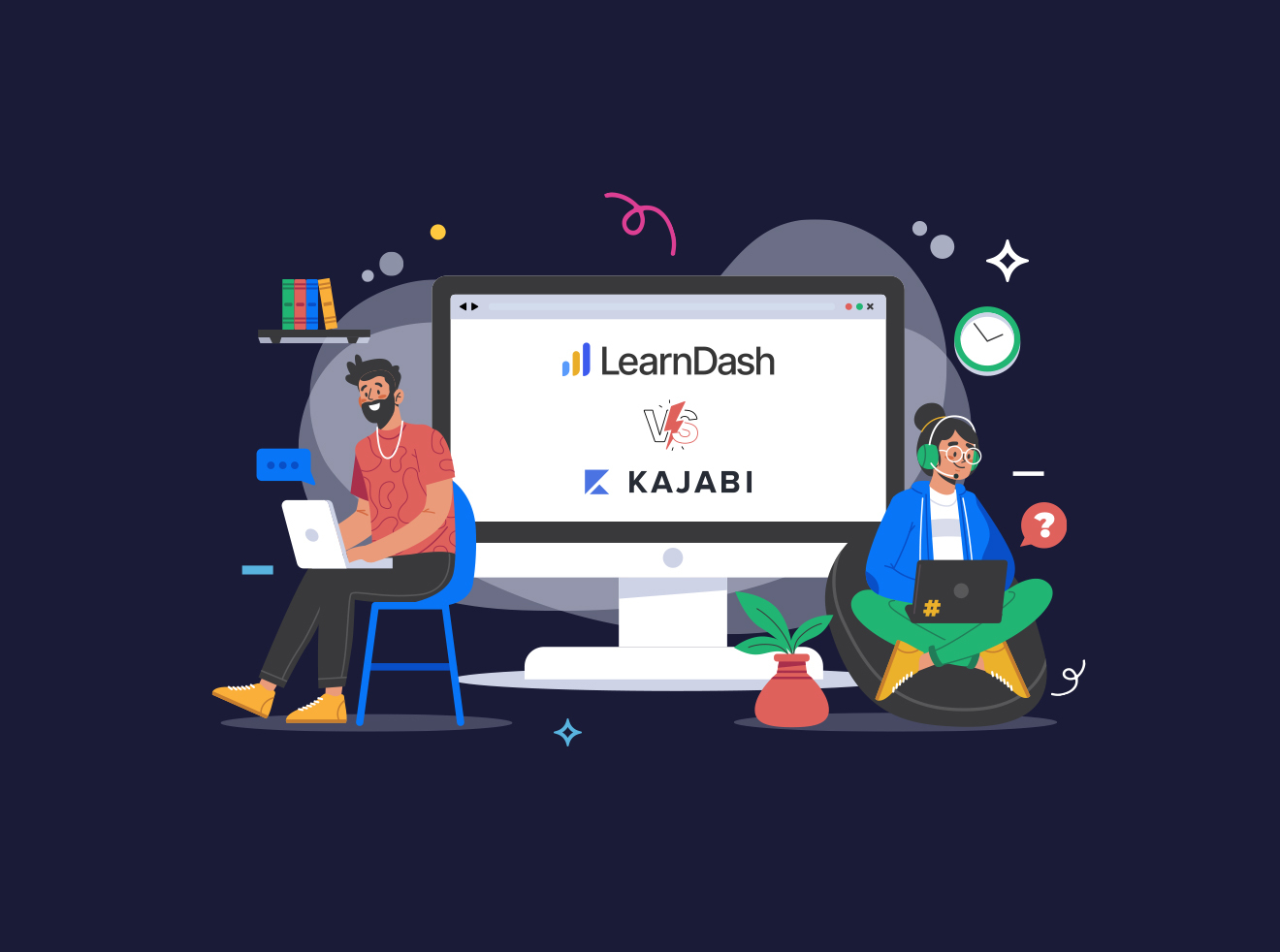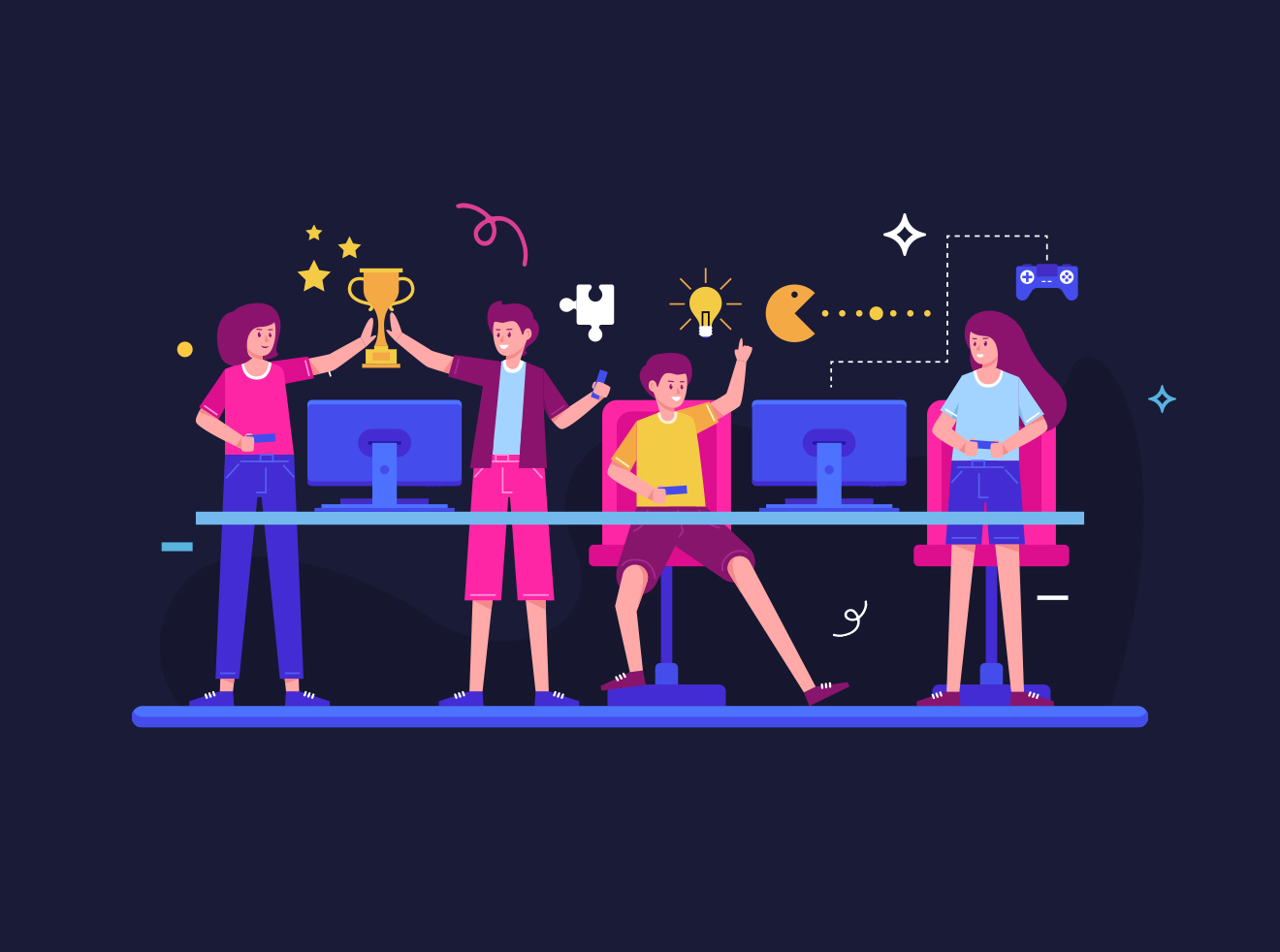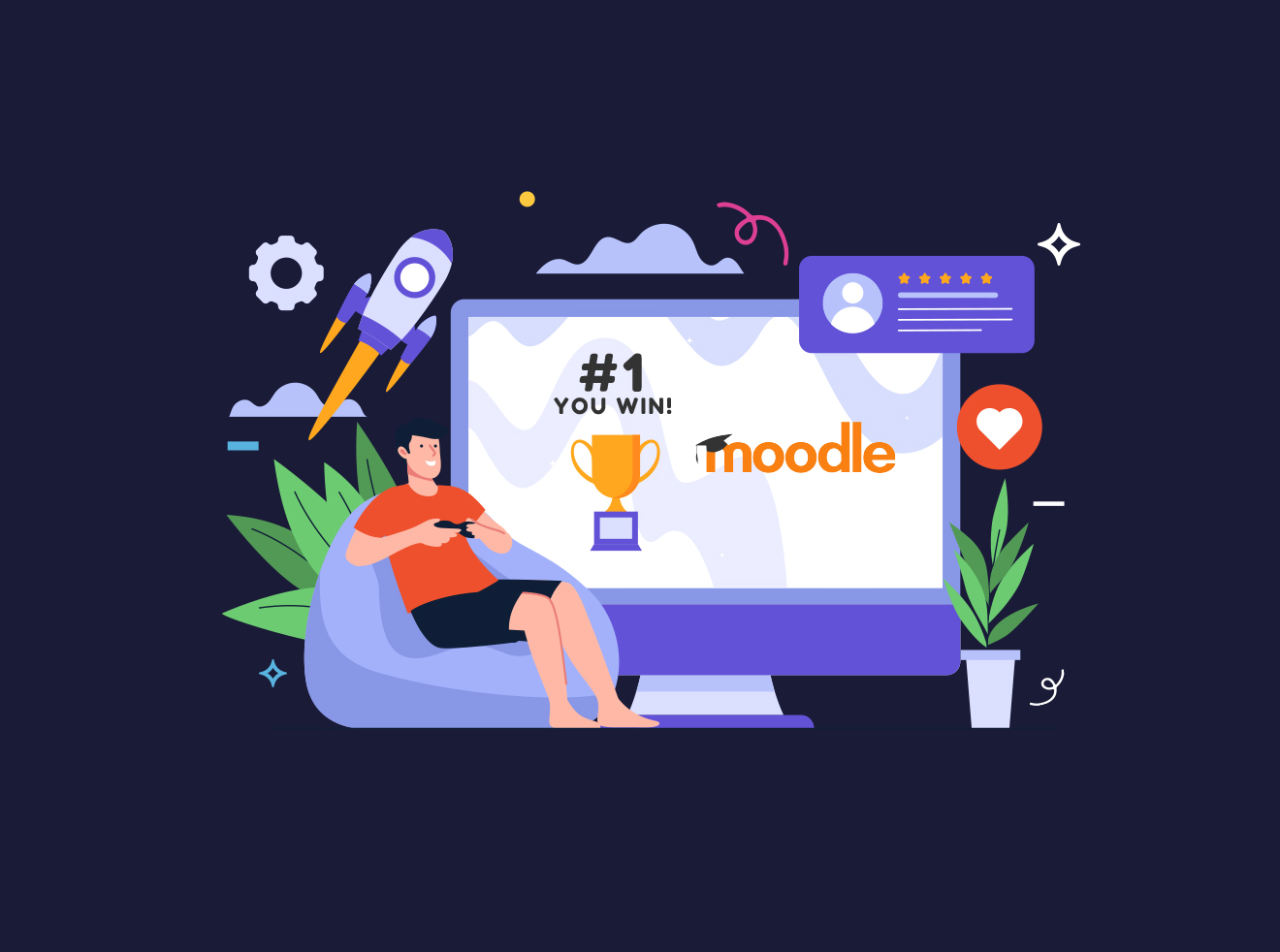As experts say, setting up your e-Learning course is only the half work done. The important part is to grab your students attention. There are hordes of things that can be used to grab user or student’s attention (things we need to do, email, games, social media, etc.), which leads us to the fact that just well-written course is not enough.
What we need is user engagement.
Not the one that includes the promise of love and rings; rather the one that makes them eager to utilize course material and pay attention to it.
Gamification is a technique used to increase user excitement in an otherwise mundane task. The term has gained significant popularity in recent years. With the support of the WordPress open source community, you can now gamify your LMS or e-Learning course using some ready-made plugins!
The application can be used to engage your audience uniquely and creatively. It invests viewers in your site and keeps them coming back for more.
In this blog, we will discuss:
What is gamification?
Why is gamification important?
What are the benefits of adding gamification?
How can gamification make a user interested in your course?
What Is Gamification?
User engagement is a critical aspect of every website. There can be instances where you will be looking to engage your users or increase the traffic to your site.
Keeping a user interested is not an easy task to do. And if you want to retain members for a prolonged period, then it can be an uphill task. But if you follow our guide, we will have you sorted in no time.
Let’s describe what gamification really is. In simple words, Gamification means adding game-like graphics and elements into any website or application. The ingredients are Points, Leaderboards, Rewards, Leveling up, Virtual currencies, Badges, etc.
If we talk about websites and LMSes, then it involves giving a reward to the users on different activities. These can be adding comments, sharing something on social media, answering questions and so on.
There are many different ways you can gamify your site. However, you need to do some proper planning to make such gamification system on your LMS.
Why Is Gamification Important?
Gamification is turning into a trending industry. The area is still new, but the amount of “gamified” sites are dramatically growing.
Gamification works by exploiting fundamental mental desires. For example, competition, goal-setting, and reputation seeking. These features enable a website’s potential to vastly increase user engagement.
Gamification decreases the number of users who sign up for a service but never take any further action to become engaged. Gamifying your course keep these students motivated to visit the site regularly.
Gamification also impacts on the learning capability of the user positively.
According to Talent LMS Survey:
- Almost 80% of the learners say that they would be more productive if their university/institution or work were more game-like.
- Over 60% of learners would be motivated by leaderboards and increased competition between students.
- 89% would be more engaged in an e-learning application if it had a point system.
What Will Be the Benefits of Adding Gamification?
Implementing gamification in your e-Learning course presents many advantages and benefits, some of these are:
- Favors the student’s engagement in your course.
- Increases student’s motivation to take part in course.
- Improves productivity.
- Encourages creativity in your course.
- The ability to provide instant feedback.
- An enhanced learning environment for your course member.
- Strengthens communication processes in the LMS community.
- Gamification offers promotional opportunities.
- It’s Fun!
- Generally, viewers complain about the content on a site. Example: “there is too much reading,” ”It takes too much time,” ”the process is boring”. Sounds familiar? These issues can be resolved through gamification.
How Can Gamification Make a User Interested in Your E-Learning Course?
The promise of gamification is transforming business models by innovating ways to drive customer and employee loyalty, long-term craft engagement and extend relationships.
In other words, gamification enables people to achieve their goals. This raises the question: can you gamify a user’s experience to achieve your goals?
As an example, you can gamify a survey form to enhance a user’s experience. True, they will not start off their day hoping to one day answer the survey, but if done right, you can motivate them into filling a questionnaire for you.
Gamification stands on the pillars of 10 different game mechanics. These are proven to engage and motivate users. Any combination of techniques can be used to accomplish the desired goals.
Fast Feedback
Immediate response or feedback can encourage users to continue their activities. Using on-screen notifications like emails or pop-up messages can keep viewers engaged.
Setting up desktop pop-up notifications is a very efficient way of reaching out to your users. It can keep them updated on the progress of your site and will give them a sense of belonging.
Short-Term and Long-Term Goals
Setting up quests or challenges can give users a real sense of purpose. This can generate a drive and keep them engaged for a longer duration.
Several brands do giveaways for a limited number of their subscribers. It can motivate users to stay in touch with your course.
Transparency
Showing your audience their standing in the metrics can create a healthy competition between them.
User profiles can show their progress while leaderboards can prove who is ahead in the rankings.
Badges
It is used to identify expertise and skills within a group. It represents mastery of skills and is recognized in its respective community.
As your members will progress through a predefined course, they will earn digital badges. These badges can be shared on social media handles.
Onboarding
Game mechanics provide an engaging and compelling way to learn. Users learn by doing.
Setting simple quests can engage users to immediately master necessary skills, rather than being daunted by an unfamiliar interface.
A simple example is setting up a tutorial or a guide on the first login. You can rewards users for completing it, and by the end, they will know what they are working with. Win-win!
Leveling up
Levels show status within a community. It is an indication of sustained or long-term achievement. It can be used to unlock further badges, rewards, and activities.
This is a promising way of giving your users a sense of accomplishment. Your long-term users would definitely appreciate getting credit for their contributions.
Competition
A little competition would be great to increase viewer engagement. Encouraging competition with the team and individual activities can increase the influx of newer users.
Giveaways or limited deals are prime examples. Setting exclusive goals can generate competition among your viewers.
Points
Not to be confused with badges, points are measurable evidence of accomplishments. It can be used to establish status and keep score. They can even be accumulated to purchase goods.
They can be made earnable through sharing, contributing and creating something for others.
Collaboration
Accomplish goals by working with others. Users can be connected to encourage knowledge sharing and form a team to accomplish more significant tasks.
This can not only drive a competition but can motivate users to invite newer users to help them in their task.
Community
A platform for support and collaboration. Participating in the community can make people aware of the latest trends and discussions.
It can engage users and keep them coming back for not only what is happening right now, but also what things are leading up to.
In conclusion, Gamification in your e-Learning course is a viewer-centric interaction model, designed to serve a higher purpose. The benefits it provides are two-fold. The content you provide serves the intended purpose while being used to the fullest potential. The viewers using the gamified interface are more engaged and will develop a strong loyalty to your brand.




